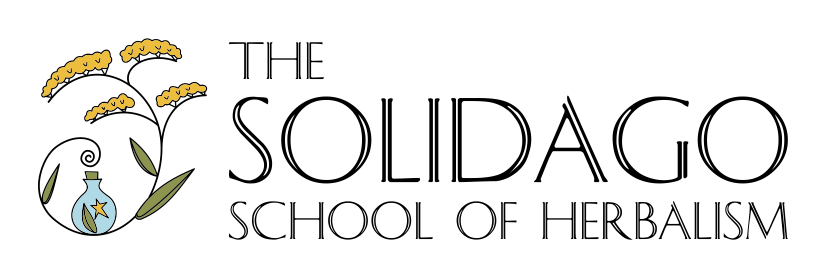Clove got its name from the Latin word clavus, which means “nail-shaped”, referring to the shape of the clove bud.
This common spice is a dried flower bud from a tropical evergreen tree. The clove tree leaves and bark are also very aromatic.
It is native to the Molucca Islands, also known as the Spice Islands, an archipelago in Indonesia. The tradition there is to plant a clove tree every time someone is born. This inevitably has led to an abundance of clove trees on these islands.
Clove is one of the earliest spices that was traded out of its region. It has even been found, stored in ceramic vessels dating back to 1721 BCE, in Syria.
Cloves have been used in South East Asia for thousands of years and regarded as a panacea for many ills. In China, in 226 BCE, during the Han Dynasty, it was written, that in order for people to speak to the emperor, they first had to chew a clove to freshen their breath.
Historically clove was highly valued as a medicinal remedy in India. It was (and still is) a popular spice added to food for flavor and to aid digestion. It was also used in love potions. Today, cloves are known to be both digestive and aphrodisiac.
Historically, the Roman and Greek used cloves for medicine and to spice and preserve food. Cloves were imported into Alexandria, as early as, AD 176.
Cloves were introduced to Europe in the 4th century by Arabian spice traders, via Alexandria. They were worth their weight in gold, at this point, due to the distance the cloves traveled, as well as, their importance in food preservation and medicine. Spices, like clove and cinnamon, were considered valuable to excepted as currency, in Europe.
Read more



